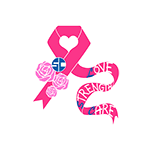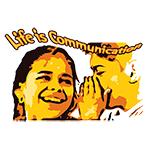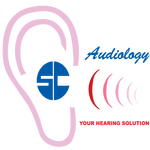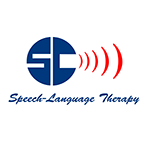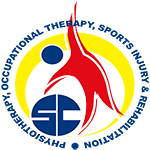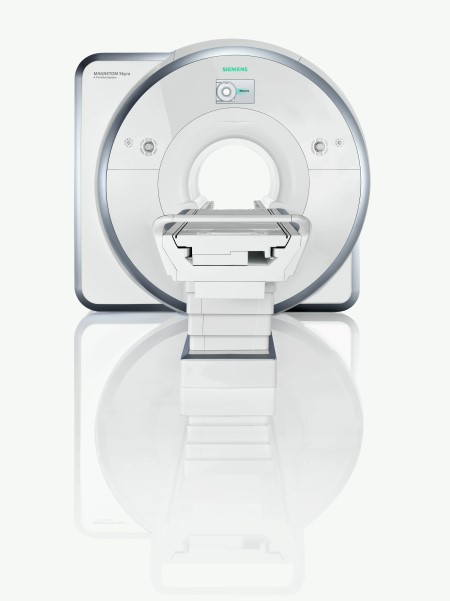
LohGuanLye SPECIALISTS CENTRE has installed the 3T MRI system in Penang. With the new MRI system, we are able to offer MR technology, to enhance our patient care through better MR imaging & patient comfort.
The new 70cm wide bore 3T MRI in LohGuanLye SPECIALISTS CENTRE provides:
More detailed images with greater resolution and excellent image quality
Improved patient comfort
Faster scanning time
Allows advance MR imaging techniques which go beyond pure imaging
MR Liver Elastography
MR guided radiotherapy planning
What is MRI?
A magnetic resonance imaging (MRI) is a painless diagnostic procedure that uses a combination of a large magnet, radiofrequencies, and a computer to produce detailed images of organs and structures within the body.
MRI plays a central role in patient care today. Without using any potentially harmful ionizing radiation or radio-active markers, MRI is a widely accepted technique for patients of any age.
The current standard for MRI is the 1.5T machine. The 3T MRI system sets a new level of excellence in imaging the entire body. The 3T MRI system has better capabilities for identification and characterization of disease in screening, diagnosis, surgery planning, therapy monitoring and follow-up.
MRI Safety
MRI is simple, safe and painless.
However, because we use strong magnets during the procedure, metal objects in your body may be hazardous or cause interference.
MRI may not be recommended if you have any of the following:
Cardiac pacemakers and defibrillators
Some aneurysm clips in brain
Implants inside the cochlear or at the ossicles
Metal fragments in the eyes
Any implant that has a magnetically activated component
Any electronic implanted devices
Any other metallic implants inside your body
What to expect
You may be asked to change into a hospital gown. Please leave all jewellery at home. Because of the strong magnetic field, the patient must remove anything metallic, such as dentures, eyeglasses, or hearing aids. Patients who are having a brain/head scan should not wear make-up as some brands contain metal.
The patients will lie on a narrow padded table that slides into a large tunnel-shaped scanner. The MRI machine will produce loud thumping and humming noises when it is turned on. Patients can wear ear plugs or request special headphones with music to help reduce the noise. Patients will have a call bell so that he or she can let the staff know if he or she has any problems during the procedure. Some exams require a special dye known as "contrast". The dye is usually given during the test through an IV in the hand or forearm.
It is important that the patient remain very still during the examination. As with most diagnostic tests, too much movement can blur MRI images and cause errors. If a patient has difficulty lying still or are very nervous, they may be given medicine for sedation. Unless a patient is given medication for sedation, a MRI has no recovery time, After a MRI scan; patients can resume their normal diet, activity and medications.
Results of the exam
The images taken will be sent to picture archiving and communication system (PACS) and will be reviewed, analyzed and interpreted by the Radiologist. The images and reports will then be available in hospital information system for your referring doctor who will discuss the findings with you on the same day or on your next visit.




